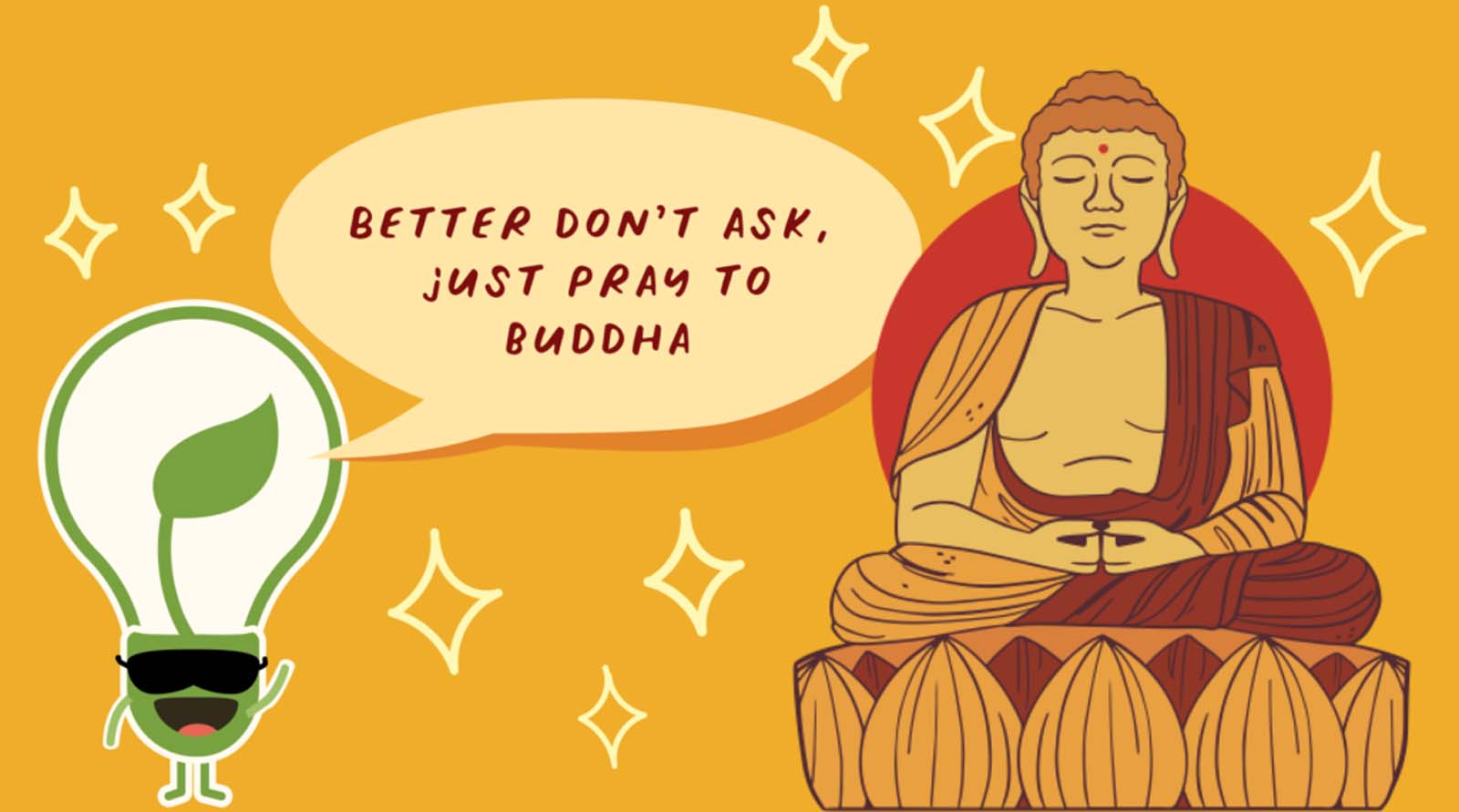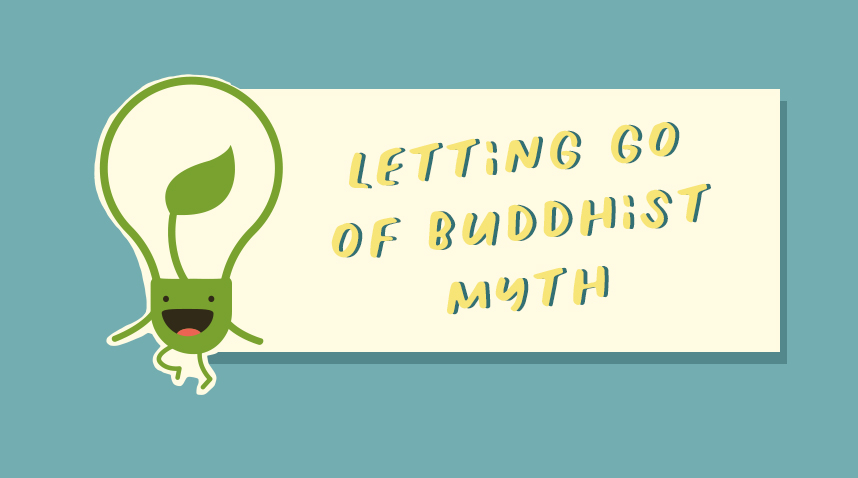
Faith In Buddhism: Which Of These 3 Faith Types Do You Belong To?
This is an abridged chapter from Buddhist Scholar Sylvia Bay’s Book on Faith. You may find the book here!
TLDR: Buddhism is nowadays taken to be ‘scientific’ with little need for faith. Have we got it wrong? Which type of faith do you identify with? Blind, Knowledge, or practice? Sylvia shares more
Faith is not a static mental state. Faith can strengthen (or fade). Right knowledge and clear understanding will strengthen faith.
1. ‘Blind’ Faith

When we first declared ourselves to be Buddhists, the odds are that at that time, we didn’t really know much about Buddha or his Teaching. What little we knew then was probably hearsay or as tradition dictated.
We were likely to be caught up with the dos and don’ts of the rites and rituals. What to do at the temple or monastery? How to bow? How to chant? What offerings to make? And so on. Our faith might or may be transactional.
We “pray” to Buddha and show our devotion by making offerings so that we will be blessed with success or be able to ward off misfortune. We may have all kinds of wrong understanding: ‘Buddha is god’, ‘Buddha can save me’, ‘just pray to Buddha and all will be fine’.
Even worse, we may be afraid of asking questions because we think that it is ‘bad kamma’ to do so. Blind faith is superficial and fragile as it rests on ignorance and fear. This type of faith cannot withstand life’s inevitable disappointments and setbacks. It will be at constant risk of falling away.
2. Knowledge-based Faith

The faith that Buddha spoke about that is critical for spiritual growth is grounded on knowledge and a thorough understanding of the teaching.
The deeper the knowledge, the stronger is the faith.
Now, we must all start somewhere in terms of gathering knowledge. Buddha’s advice was to approach a teacher that you have respect for. Because of that positive chemistry, you will be willing to keep an open-mind and give him the benefit of the doubt. Because of your attitude, your mind is pliant, receptive and attentive.
That helps you to register the Dhamma properly and remember it. What you can remember, you must reflect thoroughly and compare the teachings against your observations about life’s experiences and your mind.
Only when the Dhamma makes sense, because it is consistent with what you have observed, will you embrace the teaching fully and confidently.
From the above, it is clear that Buddha had expected his followers not to just accept his words at face value but to have an enquiring mind and ask questions, challenge assumptions, think critically, and make thoughtful conclusions. These are high order cognitive processes.
He said that they should accept his teachings only after they are satisfied that Dhamma makes sense from their own observations about their mind and life’s experiences.
3. Practice-based Faith

Ultimately, Buddha’s Dhamma is not an intellectual exercise. It helps the practitioner to understand the true nature of the mind such that he can overcome feelings of dukkha and is able to live more happily.
It is not easy to get to a state where one can see the mind’s true nature. It may require fundamental changes to one’s habits and behaviour. One must make a serious effort to overcome one’s negative instincts and obstructive habits.
Hence, the next level of faith development is practice. You must be ready to deliberately and thoroughly weave all aspects of his teaching into your daily life. And you keep applying the training discipline until your mind settles into a new equilibrium, with new knowledge about itself and its habits.
When that happens, the practitioner would find himself becoming a kinder, gentler and wiser person, more content, happier and less caught up with ego and desires.
As your understanding of the Dhamma deepens because of the practice, you will experience more periods of peace in your waking moments. Once the Dhamma is not just an abstract concept but a way of life, faith will grow exponentially.
You have confidence that you know how to shape the mind because you understand how it works.
You feel empowered.
You no longer feel helpless in the face of changing external or internal conditions.
Wise Steps:
- Pause and reflect. Where do you currently stand now in your Buddhist faith? Are you comfortable with where you are right now?
- Ask yourself, ‘How can I go from understanding the teachings to realising them?’. Take active steps to grow your circle of spiritual friends to support your journey
- Associate with wise teachers, explore and find teachers to learn from. Those who are worthy of respect and conduct themselves similar to how the Buddha or disciples would behave.



